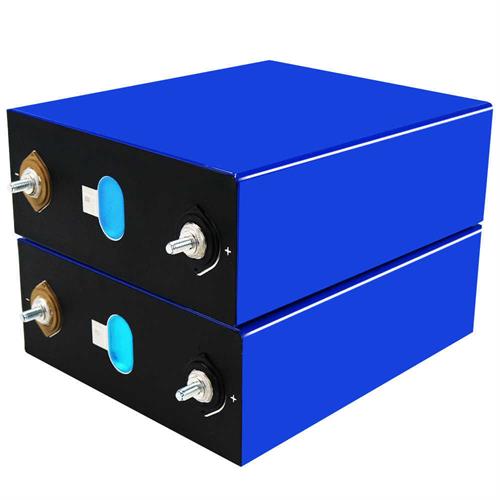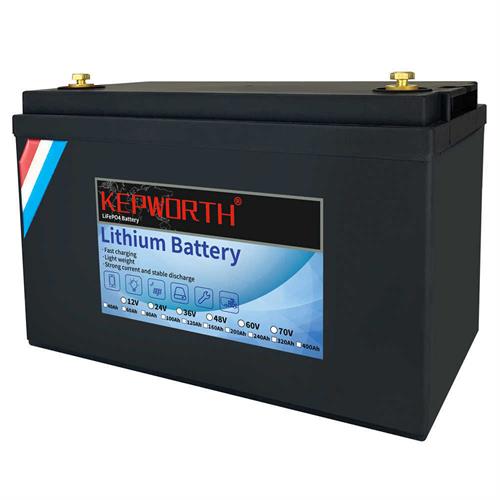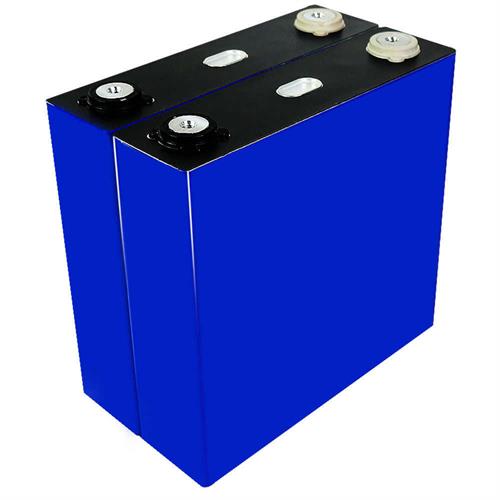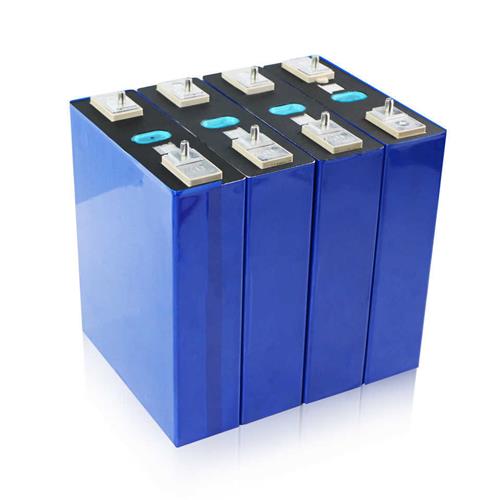Troubleshooting LiFePO4 Batteries A Comprehensive Guide
Troubleshooting LiFePO4 Batteries: A Comprehensive Guide
Introduction to LiFePO4 Batteries
Lithium Iron Phosphate (LiFePO4) batteries have gained immense popularity in recent years due to their safety, long life, and environmental benefits. However, like any electronic device, they can encounter issues. Knowing how to troubleshoot these problems ensures that you get the most out of your battery. In this article, we’ll dissect common faults and how to resolve them effectively.
Identifying Common Symptoms
The first step in troubleshooting your LiFePO4 battery is to recognize the symptoms of potential faults. Common signs include a failure to charge, reduced capacity, or unexpected discharging. Owners may also notice the battery heating during charging or discharging. Each symptom can point to specific issues, setting the stage for targeted troubleshooting efforts.
Check the Charging System

One of the primary sources of trouble is the charging system. Ensure that the charger you are using is compatible with LiFePO4 batteries. Look for signs of wear and tear, such as frayed wires or faulty connectors. If possible, test the charger on another battery to determine whether it’s functioning correctly. A malfunctioning charger can lead to undercharging or overcharging, both of which can damage your LiFePO4 battery.

Examine Battery Connections
Loose or corroded terminals can lead to poor performance. Inspect all connections between the battery and any attached devices. Make sure the terminals are clean and securely fastened. A simple cleaning with vinegar or baking soda can remove corrosion, ensuring a solid connection. This small maintenance task can significantly impact your battery's efficiency.
Monitor Battery Voltage
Using a multimeter, check the voltage of your LiFePO4 battery. A healthy battery should maintain a voltage within its specified range. If the voltage reads lower than expected, it may indicate a problem. Ensure that the battery hasn’t gone into a deep discharge state, which can cause irreversible damage. Regular monitoring can prevent issues before they escalate.
Temperature Considerations
Temperature can significantly affect battery performance. LiFePO4 batteries function optimally within a specific temperature range. If your battery is overheating, it’s essential to cool it down immediately. Conversely, if it’s too cold, the battery may struggle to hold a charge. Invest in temperature sensors or monitoring systems to ensure that the battery environment is always ideal.
Assess Battery Lifespan
Every battery has a lifespan, and LiFePO4 batteries are no exception. Over time, they will naturally lose capacity. If you start noticing a substantial decrease in performance, it may be time for a replacement. Keeping track of charge cycles and performance metrics can help you gauge when your battery is nearing the end of its life.
Consult Professionals If Needed
If you’ve carried out these checks and still experience issues, it may be wise to consult a professional. Trained technicians can conduct more thorough diagnostics that may uncover underlying problems that aren’t visible through basic troubleshooting. Sometimes, the issue may involve internal components that require specialized knowledge.
Conclusion
Proper maintenance and troubleshooting of your LiFePO4 battery can extend its life and improve its performance. Regular inspections, environment management, and proper charging procedures are vital in preventing significant faults. By being proactive rather than reactive, you can enjoy the benefits of your battery for years to come.

